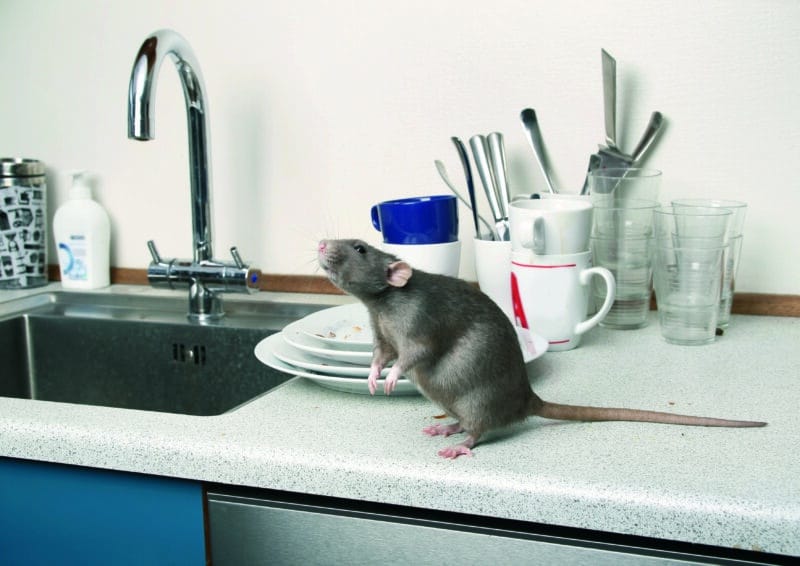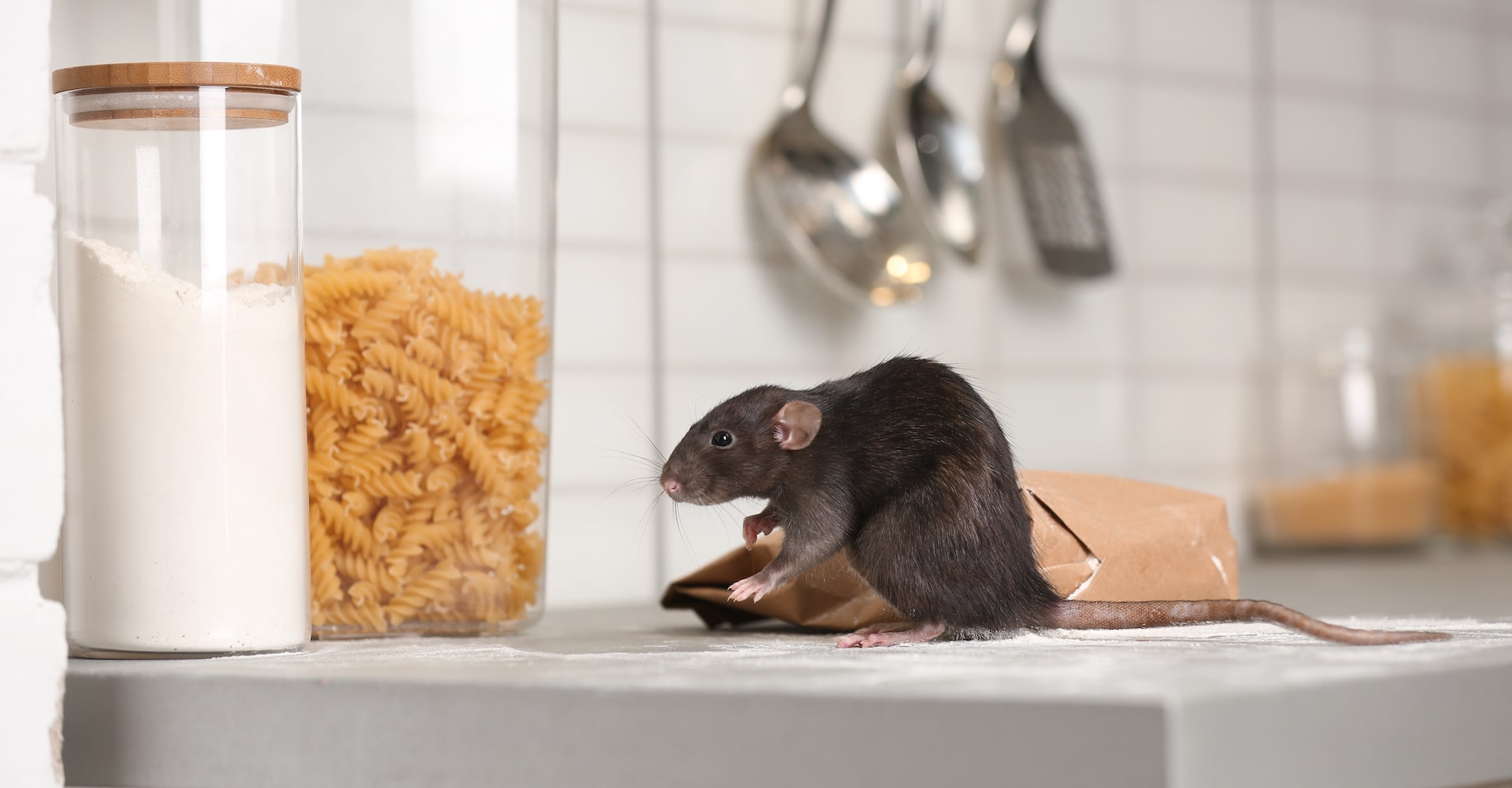DIY Pest-Proofing Your Home: Quick Steps to Secure Your Space
Share
Are you constantly battling with unwanted guests in your home? The good news is you don't have to dial the exterminator just yet. With DIY pest-proofing your home techniques, you can take matters into your own hands and keep those pesky intruders out!
Securing your home from pests not only provides peace of mind but also saves you money. Let's explore how you can create a fortress that's pest-free using simple, actionable strategies from the comfort of your own home.

Understanding Common Pests
Before diving into pest-proofing, it's essential to understand the common pests you might be dealing with. From rodents to insects, each pest requires different approaches for effective control. Knowing your enemy is half the battle won!
To learn more about how to stop pests from entering your home, check out Prevent Entry Tips to gain a better perspective.
Basic Pest Prevention Tips
1. Seal Entry Points: Inspect your home for cracks and crevices. Use caulk or weather stripping to seal these openings to block pest entry.
2. Proper Food Storage: Keep food in airtight containers and always clean up spills immediately to deprive pests of their food source.
3. Regular Cleaning: Maintaining cleanliness minimizes the chance of insects and rodents making your home theirs. Vacuum regularly and keep your kitchen clutter-free.
If you're interested in learning more about effective pest prevention strategies, you might find this article on Pest Prevention Hacks informative.
Advanced Pest-Proofing Techniques
For those looking to up their pest-proofing game, incorporating advanced techniques can enhance your home's defenses.
Using Technology
Smart technology can play a crucial role in DIY pest-proofing your home. Devices such as motion sensor lights and smart traps work efficiently to detect and deter pests. To delve into how technology can revolutionize pest control, read more at AI-Powered Traps.
Natural Remedies
If going green is your goal, consider natural deterrents that repel pests without harmful chemicals. Planting mint or lavender around your home can naturally ward off pests.
Common Mistakes in Pest Control
Often, homeowners unwittingly make errors that contribute to pest problems. Avoid these common pitfalls by closing off possible entry points and guarding against oversight you might not have considered.
For more tips on pest management, check the comprehensive guide available at DIY Pest Hacks.
Wrap Up
Implementing DIY pest-proofing your home solutions can effectively minimize, if not completely prevent, pest problems. With simple preventive measures, technological aids, and natural remedies, you can reclaim your home from creepy crawlies.
Remember, vigilance is key. Regularly monitor and maintain your home to ensure it remains a pest-free sanctuary.

FAQs
Q: What are the most common entry points for pests?
A: Common entry points include gaps around windows and doors, plumbing lines, and any unsealed cracks or holes in the walls or foundation.
Q: How often should I check for pests?
A: It's ideal to conduct a thorough check every few months, especially during changes in seasons, as pests might seek shelter indoors.
Q: Are natural pest control methods really effective?
A: Yes, when applied correctly, natural methods can be surprisingly effective. Combining them with other strategies significantly enhances pest control efforts.
This article contains affiliate links. We may earn a commission at no extra cost to you.
